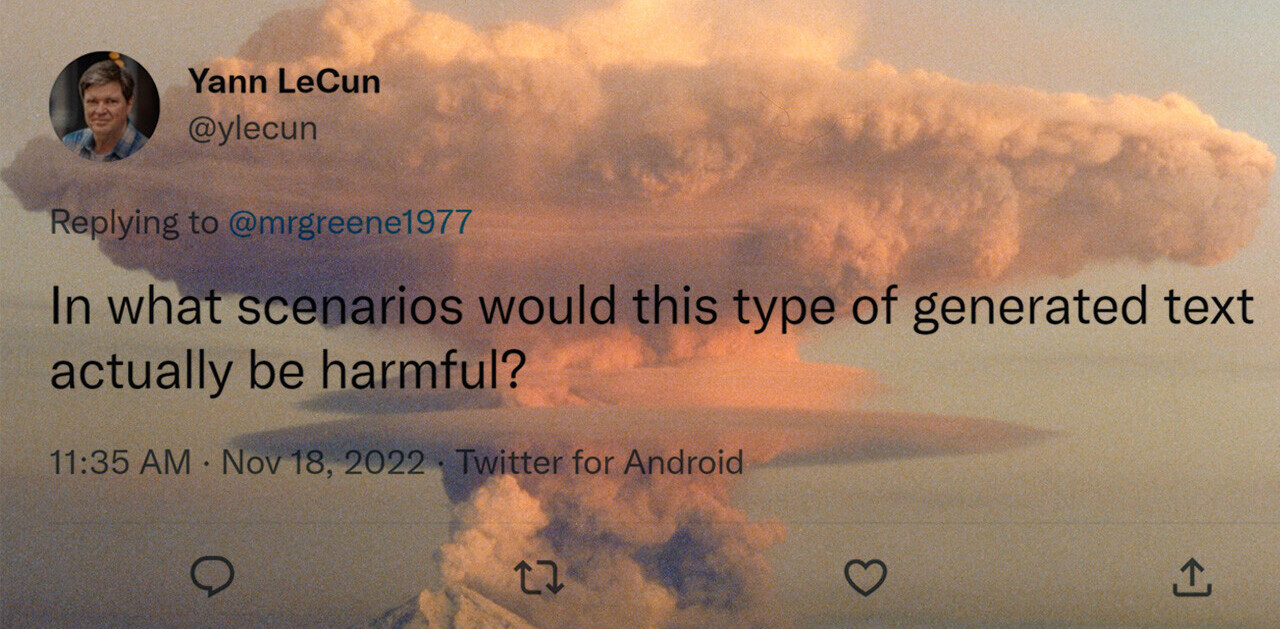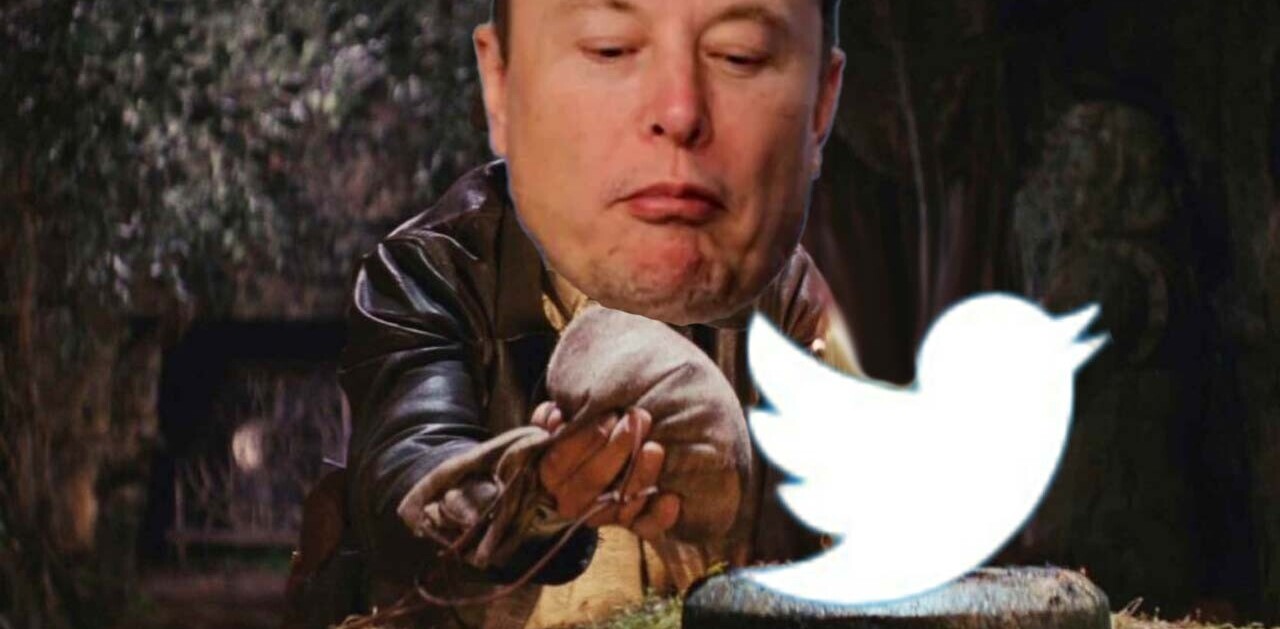
Twitter has just replaced the star icon on its button for favoriting tweets with a heart, because people found the old one confusing. While the change might have solved that problem, it’s also introduced a new issue — everything you want to mark as important is now a ‘like’.
That’s a problem for certain kinds of content in tweets. Do I want to ‘like’ news about hundreds of people dying because of a landslide? Do I, as a liberal, want to applaud my conservative friend’s differing views on gun control?
I favorite to acknowledge tweets that don’t necessarily warrant a longer response or to bookmark them for replying later, save articles to read later (using this handy IFTTT that sends favorited links to my Pocket account), to save thought-provoking tweets or simply ponder during my downtime.
You can say a lot with a heart. Introducing a new way to show how you feel on Twitter: https://t.co/WKBEmORXNW pic.twitter.com/G4ZGe0rDTP
— Twitter (@Twitter) November 3, 2015
Twitter says its tests showed that people loved the heart, but I’m not sure it was the right move.
Unlike the heart, the star seems more neutral and open to interpretation. I favorite articles I don’t agree with so I can learn more about the topics they cover, but I don’t want to imply that I ‘like’ them.
The same goes for tweets that I favorite so I can quote them in articles, follow the discussions they are a part of, and reply to when time permits. I don’t mean to show appreciation or agreement, I just want to be able to find these later.
One of the reasons I enjoy spending time on Twitter is because it exposes me to content, views and ideas that I may not always agree with — and that’s an important part of the social network’s experience.
On Facebook, the posts we see come from people we know and brands and publications whose opinions are mostly in line with our own. Switching from stars to hearts may be less confusing, but the change doesn’t take into account the fact that people will want to engage with others on Twitter in many different ways.
Facebook has already begun addressing the problem: it introduced the ability to save links to view later a few months ago, and has begun rolling out various emoji reactions that users can add to posts — so you don’t have to ‘like’ stories that shock, anger, sadden or disappoint you.
Of course, even though Twitter’s button icon has changed, the actual functionality of favoriting remains the same. There’s also an easy way to bring back the good ol’ star. However, I know that I’ll feel differently ‘hearting’ a tweet instead of ‘favoriting’ it from now on.
Get the TNW newsletter
Get the most important tech news in your inbox each week.




